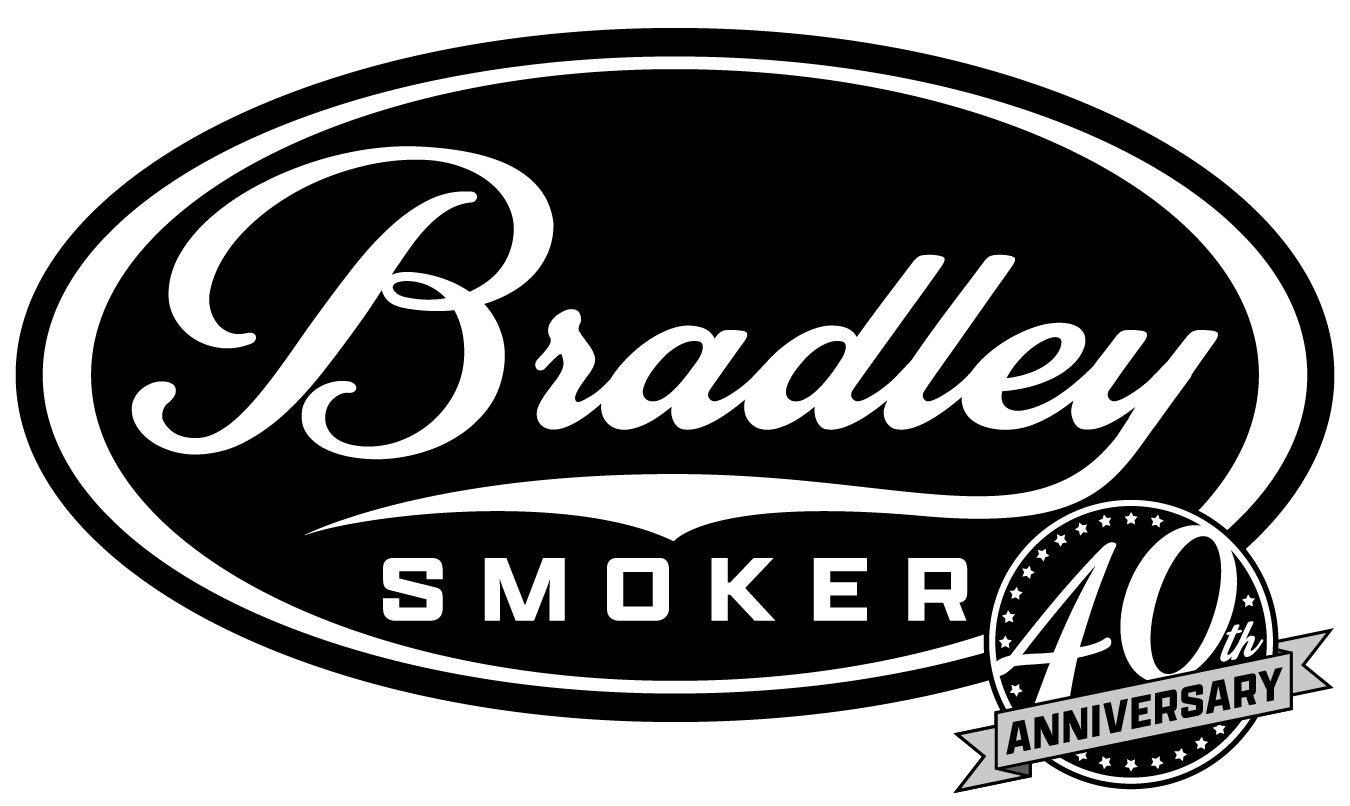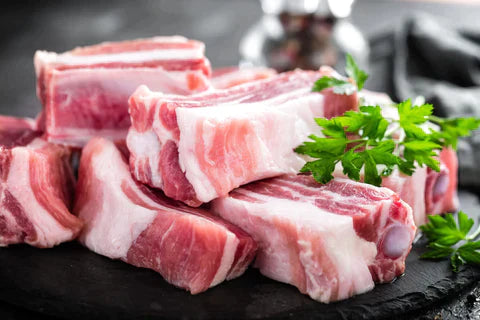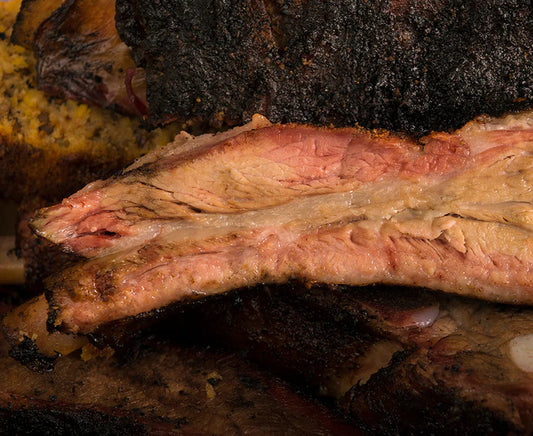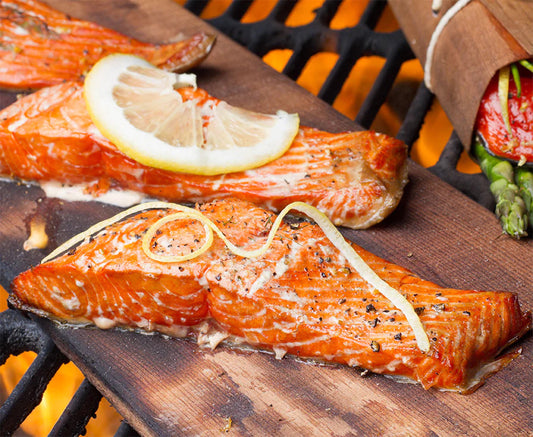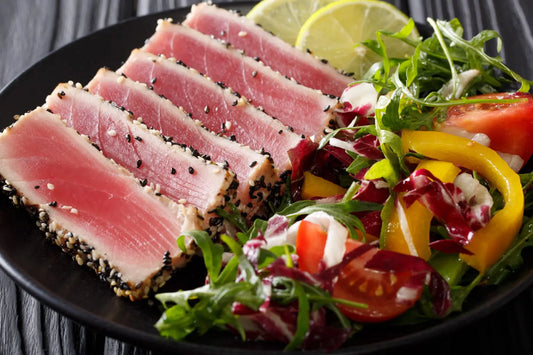There are many unwritten rules to follow in food smoking, and for those who are into this cooking method, these rules may be considered absolute. However, there’s one part of the smoking procedure that has been debated about: should the meat be cooked fat side up or fat side down? Both sides have their advantages and disadvantages, and here are some of them.
Advantages of the Fat Cap
As we all know, some large cuts like beef briskets and pork butt have two sides. One is the bare meat, while the opposite is a layer of white fat or what is called the fat cap. The latter comes in different levels of thickness and is usually removed before cooking. However, leaving a bit of fat before smoking the meat can come with many benefits to enhance the juiciness, tenderness, and taste.
Fat enhances the meat’s ability to retain moisture, leading to sustained juiciness. In addition, when fat is heated, it melts and keeps the cut moist and lubricated, therefore increasing its tenderness. The resulting texture and delicious scent emanating when the fat melts also enhance the eating experience.
For these reasons, many choose to keep the fat cap or trim off only a thin layer. This is where the next issue is encountered. The meat will be cooked appropriately and edible regardless of which side the fat faces, but if you want to get the best out of smoking meat, you should seriously consider leaving some of the fat caps on.

Fat Side Up
People who prefer cooking meat with its fat side up claim that it makes the final product more tender, juicy, and flavorful. They’re not wrong, but they’re not entirely correct either. Indeed, when the fat faces upwards while you’re smoking it, it will baste the surface of the meat when it melts, therefore lubricating it. However, the juiciness won’t be affected, as the fat cannot penetrate the inside.
The simplest way to explain why that’s the case is that the fat cap is oily, while the inside of the meat is mostly water. If you apply basic chemistry concepts to this, you will come up with the conclusion that they won’t mix. Therefore, when the fat melts, it will remain on the exterior of the meat, but it won’t penetrate deep inside.
When it comes to the flavor, rather than enhancing it, smoking meat fat side up will lessen the flavor. When the fat cap melts and bastes the surface, it will wash off the seasonings that you have rubbed on the exterior. Therefore, while this can make the meat tender, it has nothing to do with juiciness and even decreases the flavor.
Fat Side Down
On the other hand, you can retain the flavor from your seasoning when the fat side faces down. This will also protect the meat from the direct heat underneath it. Smoking meat this way will also result in less surface drying and make it more tender. However, that’s only the case when the heat source of your food smoker comes from underneath. That’s how it usually is most of the time, but some models send heat from above.

Flipping the Meat
Some even prefer flipping the meat to get the best of both worlds. This way, the surface can be basted with the melted fat, and the side facing the source of heat won’t be too dried out. However, while flipping the cut, you are risking the loss of moisture. You will also have to constantly open and close the food smoker, which will result in the heat escaping, therefore lowering the overall internal temperature.
A fluctuating temperature can make the process confusing, especially if you’re directly following the standards for the food smoker’s temperature and cooking time. For instance, we recommend beef briskets to be smoked for 12 to 20 hours with the initial temperature at 225 to 245 degrees Fahrenheit or 107 to 118 degrees Celsius. If you keep opening and closing the food smoker, the heat won’t be constant throughout the cooking process.
Our Advice
It will be best to keep the food smoker closed for the whole duration and pick either fat side up or down. If you choose the fat side up, you may end up with a more tender product. If you go for the fat side down, you can retain the flavor you rubbed on the surface.
Whether a cut should be smoked fat side up or down mainly depends on the type of food smoker you use. Both ways of positioning meat have their advantages and disadvantages, but to get the most benefit, cook with the fat side facing the source of heat.
For more great ideas on how to get the most of your Bradley Smoker, check out the awesome articles on our Bradley Smoker Food Smoking Blog for more tips & tricks.
